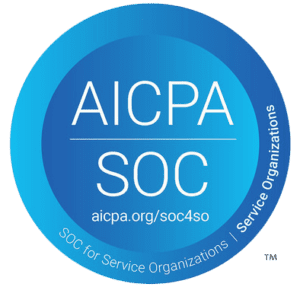Portfolio management software is one of the most critical technologies that advisors use. It can even be considered the backbone of your business, working in the background to keep accounts running smoothly—and making an up-to-date platform one of your top priorities.
A recent report by Thomson Reuters found that 68% of wealth managers think that learning about and keeping up with new technology is their primary challenge. Though it can take some effort to stay updated, continually evaluating your tech stack and ensuring that you’re capitalizing on the newest innovations in portfolio management is the best way to meet the evolving needs of clients.
Read on to learn whether you’re experiencing some of the tell-tale signs that you need to update your portfolio management software.
1. Onboarding new advisors takes too long.
With any modern portfolio management software, onboarding, or teaching your advisors how to use your current back-office technology, shouldn’t take very long.
User experience is a top focus of most advanced technology companies. They know how to create interfaces that are sleek and easy to use. If your new advisors are taking a long time to adopt your portfolio management software, that may be a sign that your platform is ready for an overhaul.
2. You spend the majority of your time on back-office tasks.
An astonishing 31% of financial advisors feel like they are not as productive as they’d like to be due to increased administrative burdens.
The point of portfolio management software is to reduce the amount of time you spend on back-office tasks so that you can spend more time on projects that need a human touch, like cultivating leads or building relationships with customers. If your teams feel as though administrative tasks are still a burden, it may be time to upgrade your portfolio management software.
3. Your software has experienced scalability issues.
Today’s business technology is scalable, meaning that it can work efficiently whether 10 people or 1,000 use it. Top-notch software engineers can create scalable frameworks and architectures that work well no matter how many people use their products.
If your portfolio management platform has started to slow down or crash as you add more users, this is a sign of outdated technology.
4. Your business isn’t growing as fast as you’d like it to.
Tech-savvy financial advisors grow client bases by 5% more than other advisors, and their assets under management by 9-10% more.
There are many reasons for this growth. Millennials, who now make up the majority of the workforce and are starting to invest more, rely on technology. Digital or hybrid services are also cheaper than typical advising services. If you’ve noticed that year-over-year growth is slowing down, it may be time for an updated portfolio management platform.
5. Integration is difficult or too shallow.
Most business applications feature integrations, which are connections between third-party applications and their application. These integrations can be low-level (think single sign-on), mid-level (data sharing), or high-level (apps functioning within one another).
Your portfolio management software should offer extensive, user-friendly integrations. Without these, your operations are nowhere near as streamlined as they could be.
According to the Certified Financial Planner Board of Standards, “Advisors’ failure to embrace — and invest in — new technologies puts them at risk of falling behind competitors that are keeping pace with consumer demand for digital advice.” In other words, if your business is experiencing any of these 5 signs, you need to consider updating your technology or risk losing clients to a firm that considers it a priority.


